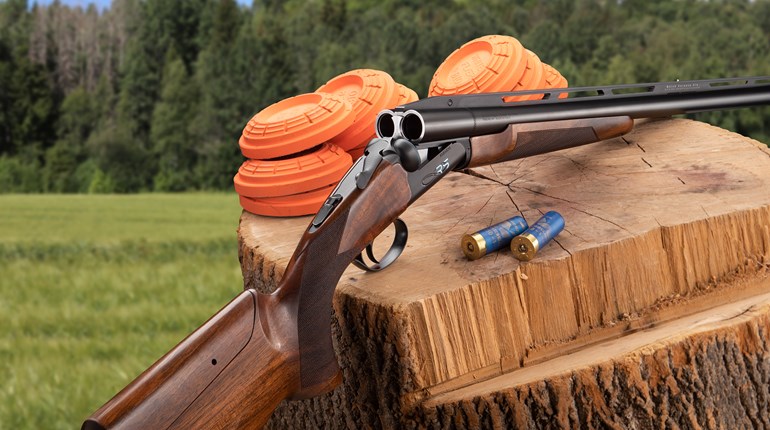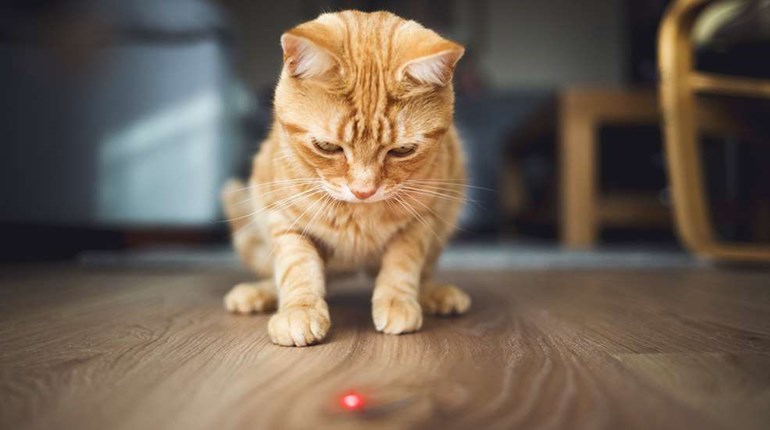When it comes to shooting positions in NRA precision (bullseye) pistol, there are a lot of variables involved and everybody isn't going to have the exact same position.
Fortunately, we have a master to provide tutelage. According to 12-time NRA National Pistol Champion Brian Zins, your shooting position should be "natural and repeatable." Easier said than done, but the tips in this video may help increase your scores at future bullseye matches.
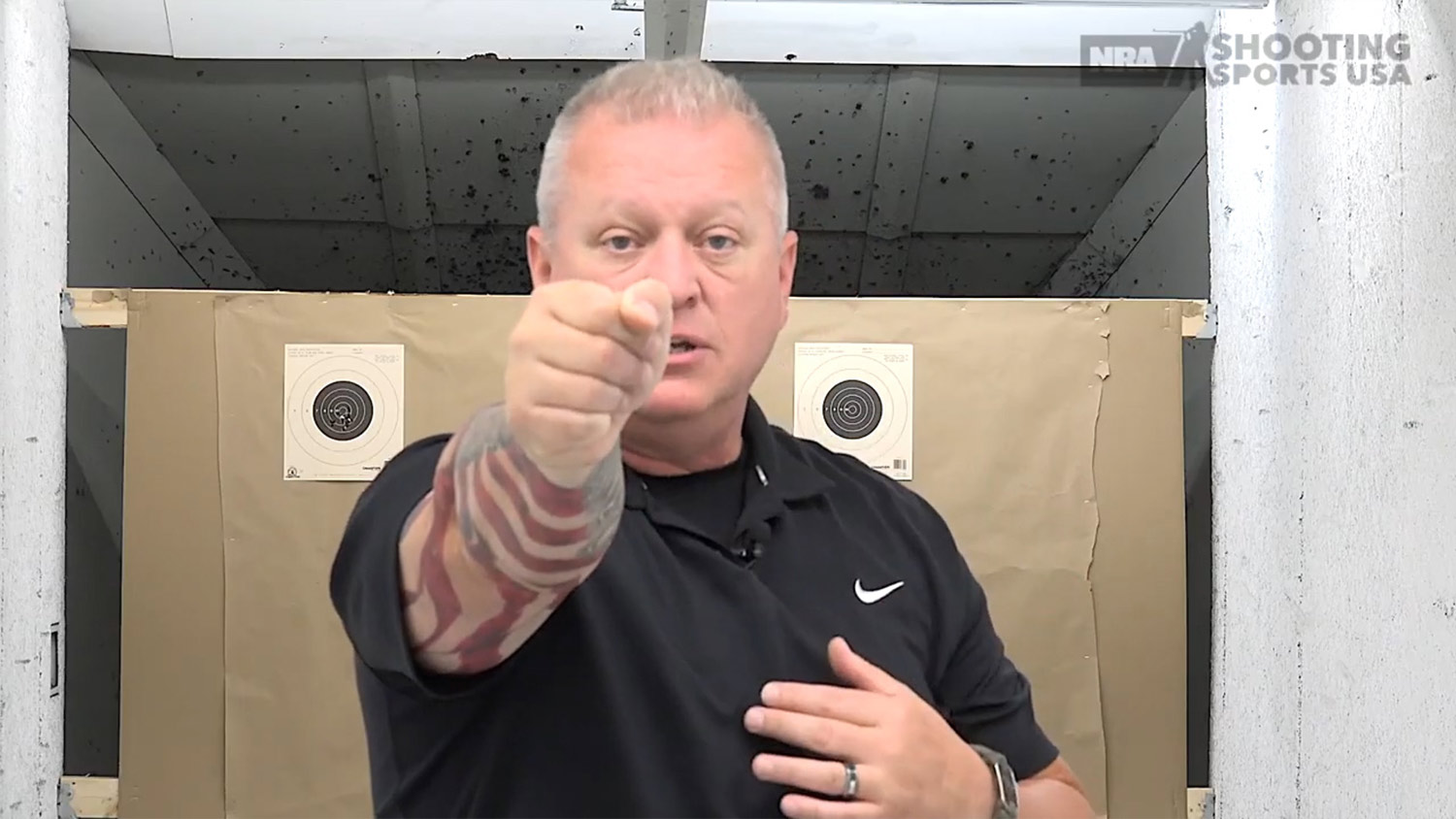
The key word here is repeatable. Once you have the fundamentals outlined by Zins mastered, your pistol shooting stance should gain uniformity and become routine.
"The only way to shoot 10 after 10 after 10 is to be doing everything consistently—doing everything the same way each time," says Zins. "If you're moving your body, moving your feet, etc., how can you possibly be consistent in your shooting position? You can't."
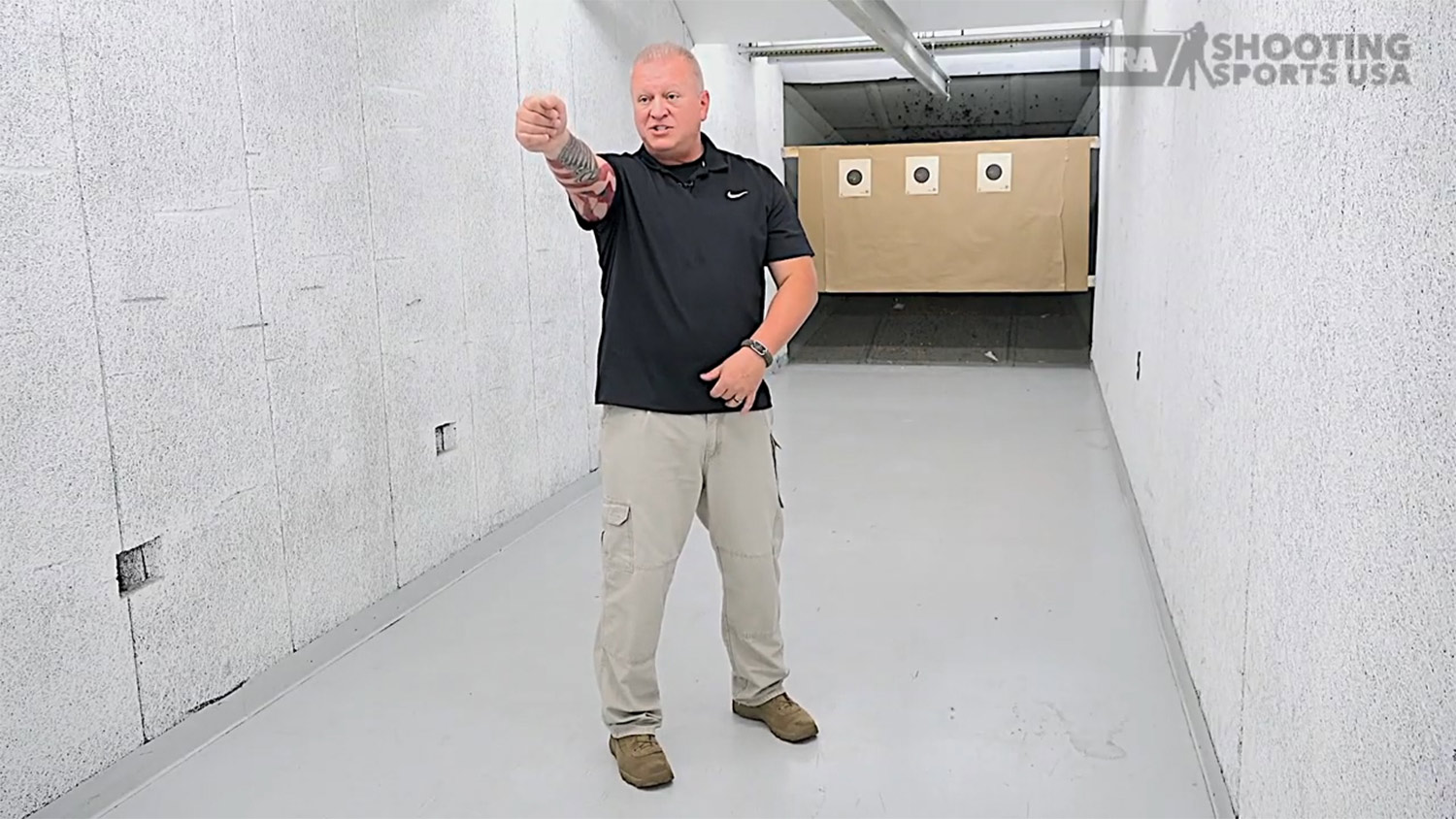
Every shooter has a unique body, which means that shooting positions are going to be different between individuals. Regardless of what you may experience as an individual, there are a few things that all competitors should strive for to maintain a proper bullseye pistol shooting position.
- Place your feet approximately shoulder length apart. Having a 45 degree angle to the target is a good starting point, but not set in stone.
- Avoid standing flush with your shooting bench or the targets. During sustained fire, you may start to rock back on your heels.
- Weight should be distributed evenly between both of your feet. When you bring your gun up, it should come up and align directly to the eye.
- Place your body to avoid recoil. Depending on your size, you may have to stand with more body behind the gun.
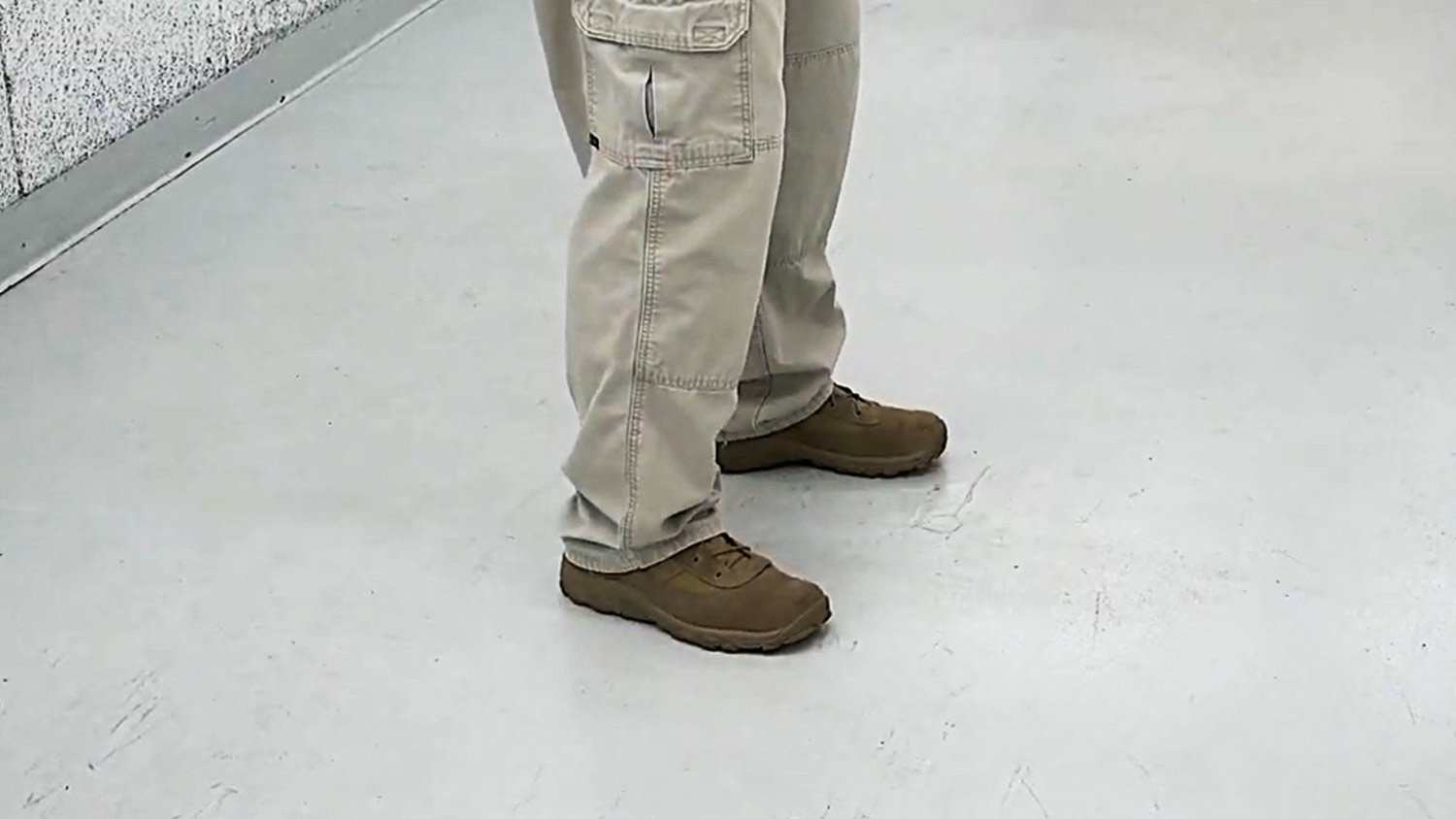
In Zins' example bullseye pistol stance, he squares his shoulders over his hips, and aligns the hips accordingly over his knees, and aligns his knees the same way over his feet. Body weight is distributed evenly between both of his feet. While in this shooting position with a proper grip, when the gun is raised, it should naturally align with your eye. Don't move the gun to find the center of the target, instead move your feet. For example, by planting your front foot and moving your back foot, you can make adjustments from left to right and vice versa.
"When I bring the gun up, the last thing I want to do is turn everything, where my shoulders are no longer over my hips, my hips aren't over my knees, and my knees are twisted over my feet," says Zins. "What you've created is a path of least resistance [for recoil]."
When you've found your natural, repeatable position with a good zero—you should have very little to change, windage-wise. After bringing your gun up, fine-tune the sight alignment to the target by adjusting your lower body.
"Get your position to where it works, adjust as needed, get everything lined up right and don't move," says Zins. "This is it, stick with that position."

This video is the fourth installment in our bullseye pistol series featuring Brian Zins. Below are links to the previous three videos.
To learn more about Zins’ pistol training classes, please visit his Facebook page here.

